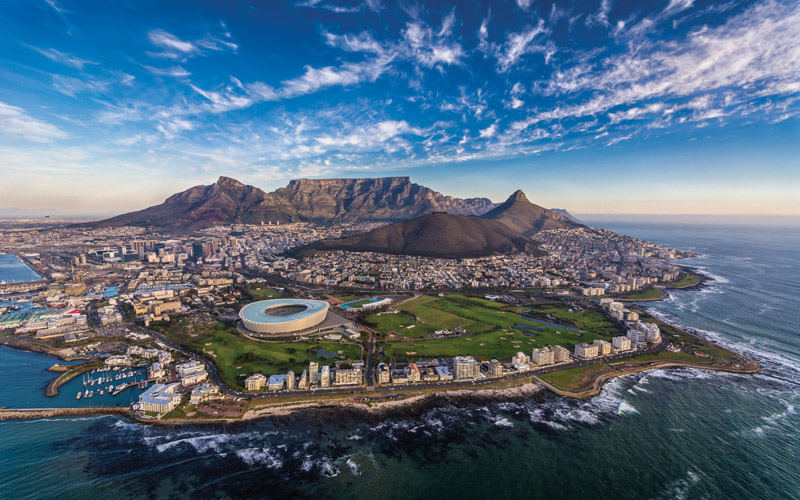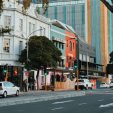Unpacked: Events, must-try activities and where to stay & eat
Exploring the Not-So-Silent Urban Art
Cape Town's urban art may be soundless...
Yet it speaks volumes about the joys and hardships of life in Cape Town and South Africa...
Cape Town has hundreds of renowned attractions to offer the millions of tourists that visit the Mother City each year, but taking time to explore the lesser-known features of this city can be a very rewarding endeavour indeed.
One such feature is the city’s “urban art”, which includes hundreds of graffiti paintings or drawings that partly cover buildings and walls all over the city.
No other place is home to more captivating or inspiring graffiti than the District Six neighborhood. Start your journey in front of the Cape Peninsula University of Technology and simply wander around the neighborhood in search of artistic expressions – you’ll be speechless by the end of the trip.
The sights are simply stunning. You’ll come across images of Massai people, imitations of contemporary African lifestyles, representations of South African political figures like Nelson Mandela or Steven Biko, and paintings dedicated to public awareness goals – like the protection of human rights, freedom or honor.
Cape Town’s urban art makes a powerful statement in times of uncertainty and decay. And like most important things in life, it is available for us to value and appreciate without asking much more from us than to open our eyes and minds.
Graffiti works are generally seen more as a burden than as a form of art, but the majority of Cape Town’s graffiti artworks deal with current issues, concerns and public sentiment – the things that matter.
One painting on Upper Darling Street depicts Nelson Mandela, Steven Biko, Cissie Gool and Imam Haron. On one side of the painting the artist has painted three other human figures that symbolize the audience and the followers of the four heroes. One is a girl with a book in her hands – a symbol, quite possibly, of the need for educated people who can contribute to building a better South Africa.
Perhaps unsure whether his message would be properly received or not, the unknown artist has taken advantage of the public sphere, adding an inspiriting note at the bottom of his artwork: “These are realms of immortality’s peace, written of the walls’ history’s far reaching sons and daughters.”
On the other side of District Six, easily visible from the Eastern Boulevard, a real masterpiece and icon of multiculturalism and social acceptance embraces a recent critical theme in South Africa and elsewhere: refugee rights. It is a powerful statement of resistance and an enlightened struggle for human rights.
Next to it, upside down, there’s an open hand that seems to reach towards a ribbon that unravels into a lineal group of people and then shifts to a series of doves, the symbol of peace. The painting is rich in symbolism to which one should pay close attention as this form of urban art has the power to avert our attention back to our own humanity.
There are countless works like this throughout Cape Town. They are the other side of silence – where voices have been oppressed.
The urban art emerges out of the need to break the silence about the current realities. These unknown artists do not look for vivid and passionate supporters, but they might very well deserve such praise.
These paintings are the untold, unmentioned, unheard expressions of the collective South African voices. They may or may not have a directly visible message, but they certainly speak for themselves – they speak to define a new South Africa, where everyone can have their voice heard, even if they remain nameless.
By Codrin Arsene, African Politics Portal








